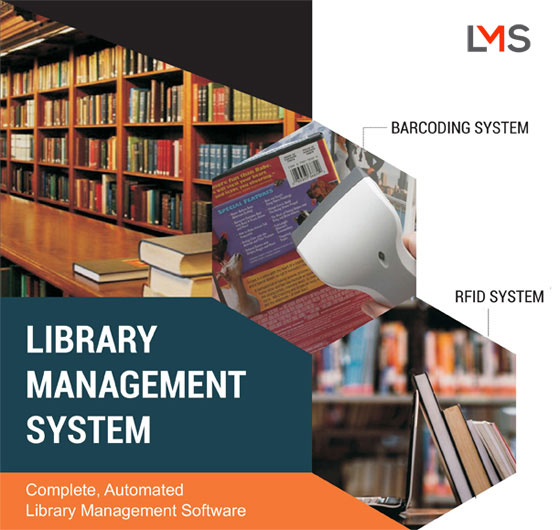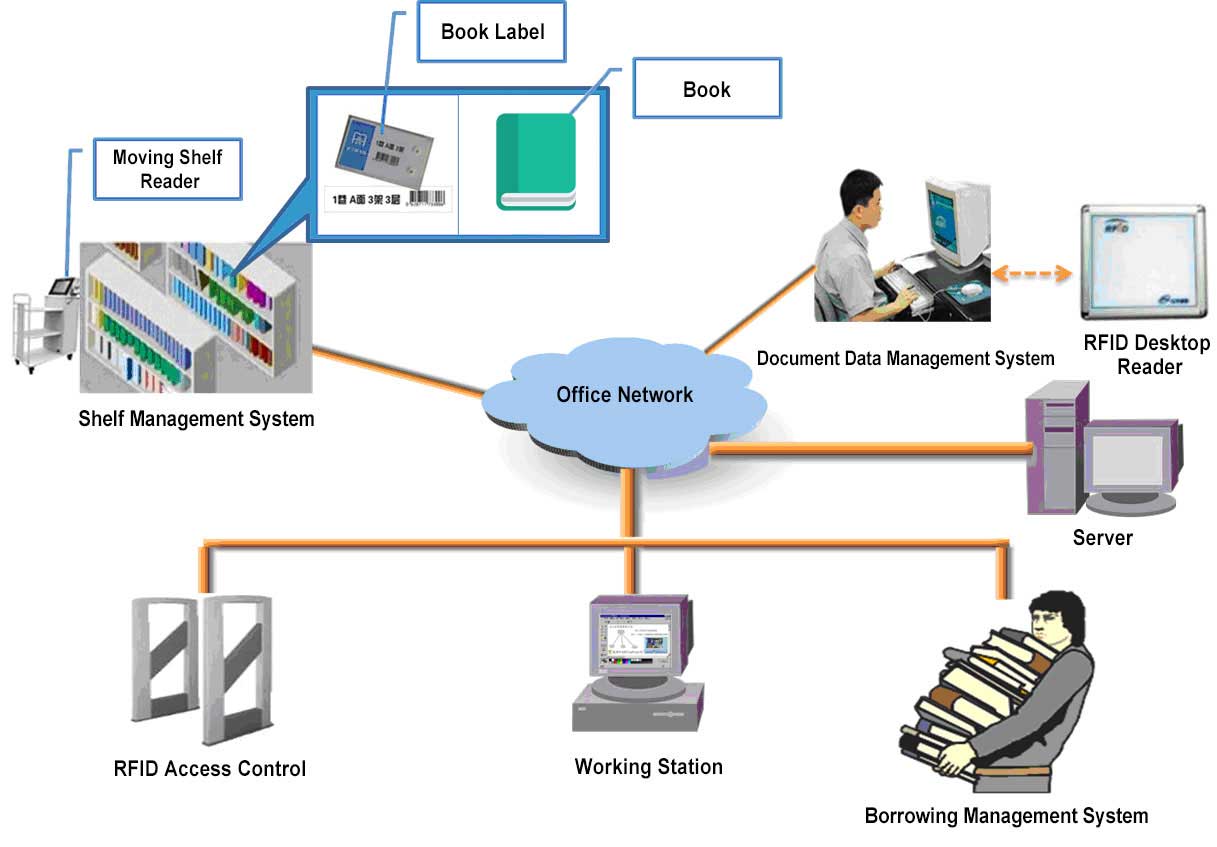Library Management Software
Library management software (LMS) is software that helps in the management of books in the library. It keeps track of the books issued and returned from the library. LMS involves maintaining of database of existing books as well as new books added in the library. Digital library helps in easy maintaining of records of books for a librarian. A librarian can check the status of any book, any time with the help of library management software.
Also Read Know:




